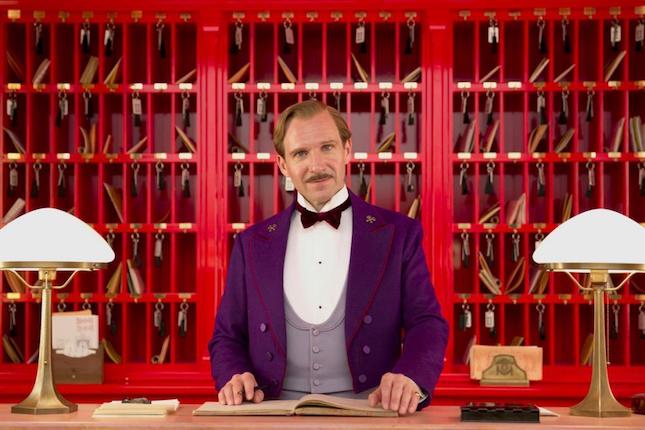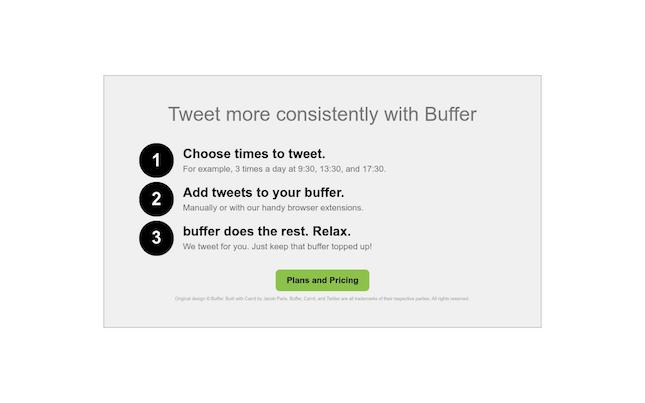
What is an MVP and how can it help your startup?
A minimum viable product is an extremely useful way to see if your app really solves people's problems. Let's learn what MVP means and take a look at its most popular types and examples.
You are a startup with an idea for a web or mobile app that you think will solve people’s problems. How do you know that? Building a minimum viable product (or an MVP) is a popular way to get some validated learning and check if it really works.
What is an MVP?
MVP has become a popular term in the tech industry in recent years. To shed some light upon the concept of a minimum viable product and, thus, make it something more than yet another buzzword, let’s recapture the definition of MVP proposed by Eric Ries in his bestselling book “The Lean Startup” from 2011:
“The minimum viable product is that version of a new product which allows a team to collect the maximum amount of validated learning about customers with the least effort.”
“Validated learning” is the key phrase in the above definition. In other words, it is learning if a product or service will actually solve a problem of your customers, who they are, what they like and what they don’t about it.
If you own a startup and have an idea for a web or mobile application, building an MVP lets you test your fundamental business hypotheses without risking a fortune. There are certain technologies that are recommended for building an MVP.
You should not, however, expect earning a fortune with a minimum viable product. Of course, there are examples of MVPs that earned millions. But learning, not earning is their main purpose.
Types of MVP
As the list is not complete, the most popular types of MVPs include:
Concierge MVP,
Wizard of Oz MVP,
Landing page MVP,
Crowdfunding MVP,
Video MVP.
Let us take a closer look at each of them.
Concierge MVP
Before building your product or service, for example web or mobile app, you are manually helping your users accomplish the goals it would be later used for.

Ralph Fiennes as the concierge from W. Anderson's "The Grand Budapest Hotel" (press materials)
Food on the Table, a mobile app with recipes, grocery lists and sale items illustrates the Concierge MVP model perfectly.
Before the app was released, Food on the Table’s founder Manuel Rosso offered its future users tailored grocery shopping services that included personalized recipes, shopping lists and accompanying them at stores. All for 10$ per month.
Without launching the application, Rosso collected the key data about his customers and their habits that helped him build algorithms for what Food on the Table is now.
This is what the Concierge MVP model is about. It allows you to learn about your potential customers by doing the job yourself before building a product supposed to perform the same kind of job.
The cons of the Concierge MVP model include the bias resulting from contact with real person, and not the automated solution. This is why another cycle of learning is required when your app is finally released.
Wizard of Oz MVP
With the ‘Wizard of Oz’ MVP, you give customers an impression of an automated solution, while in reality doing the job manually.
Can you imagine not being able to buy shoes online today? Back in 1999, most people were still buying them at their local stores, but dealt with common issues such as unavailable sizes and color options. Zappos, an e-commerce giant (acquired by Amazon in 2009), changed the habits of millions.
The beginnings were humble and a little bit crazy. Zappos started a website called ShoeSite.com containing photos of shoes taken by the website’s owner Nick Swinmurn at the stores in his area. Whenever someone ordered a pair and paid for it, Swinmurn went to the store, bought shoes and sent them to the customer.
Swinmurn, just like the Wizard of Oz from L. Frank Baum's novel, was pulling the levers behind what looked like a fully automated web-based solution. This type of a minimum viable product made him validate his business idea quickly and make Zappos a billion dollar business.
The Wizard of Oz MVP is less biased than the Concierge MVP, as customers interact with what they think is a ready service, not a person whose qualities may influence their experience for the better or worse.
Landing Page
A landing page is a simple page describing your product or service. It lists and describes its benefits and features and lets you collect data about its users, by allowing them to submit their emails for further communication.
Landing pages are fast to build. They require rather short, specific amounts of content, a call to action and some forms to fill. Also, the vast array of ready templates makes them fast to build and start learning.
The benefits of the product listed on a landing page are its unique value proposition. It tells your customers why a product is unique or if it is unique at all.
Buffer, a platform for scheduling posts on multiple social media channels is a successful example of a landing page MVP. Its creator, Joel Gascoigne launched a simple website, collected emails through a signup process and reached out to the people.
Out of 120 people who decided to leave an email, Gascoigne had conversations about his product with 50 of them. This enabled him not only to learn what they liked or not, but also to get the first paying customers.

A screen from Buffer's landing page MVP
Video
Another way to build an MVP is shooting a video. This is how Drew Houston, creator of Dropbox conquered the tech world.
The main challenge before Dropbox was to show how the software worked. This was what had kept the customers away from similar products that came before it.
By making a simple video, showing how file synchronization looks in practice, additionally containing some tongue-in-cheek elements that appealed to the tech community, Houston solved a problem millions of people didn’t realize they had had. You can watch the Drobox video below.
Crowdfunding
Platforms like Kickstarter can be used for presenting your idea for a product to customers and giving them pre-order options. All you need to do is to set up a campaign describing your product and its goal. When the goal is met (i.e. a planned amount of money is collected) the product has to be delivered at a given time.
One of the most successful crowdfunding MVP campaigns was the one of Pebble watches for Android and iOS. Its initial goal was to collect 100,000 dollars. Finally, over 10 million dollars were pledged.
Take away
Building an MVP for your startup you should remember that its main goal is validated learning, which means checking if people are interested in your product, how they interact with it and what are their pain points.
You should concentrate on your product’s unique value proposition. These are the benefits that make your product different from others. Unique value proposition should be reflected in the functionalities you choose for your minimum viable product. They should not be too many.
The most famous types of a minimum viable product are: Concierge, Wizard of Oz, landing page, video and crowdfunding.
Although brands like Dropbox, Food on the Table, Zappos and Buffer started out as successful MVPs, you should not think that building an MVP will make your product an overnight fortune. In fact, its primary task is to prevent you from losing a fortune on something nobody wants.
If you are a beginner in a startup business and don’t know where to begin, it’s safe to ask a consultancy company for assistance with an MVP.
Own a startup? Need help in building your MVP and your unique value proposition? Drop us a line.


